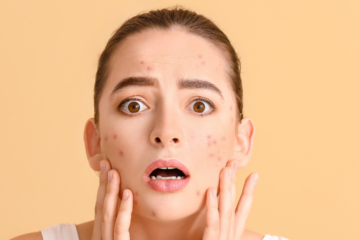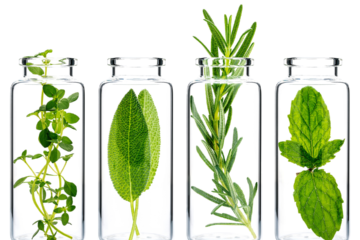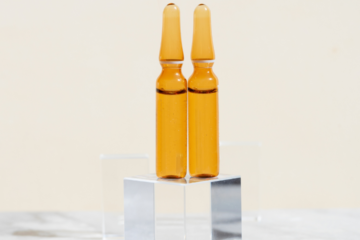The European Union is introducing further changes in regulations regarding chemical substances used in cosmetics. This time, the changes regarding D5 and D6 silicones, or more precisely, the restrictions on their use in cosmetics, deserve special attention. On May 17, 2024, changes regarding the use of decamethylcyclopentasiloxane and dodecamethylcyclohexasiloxane were published in the Official Journal of the European Union, the aim of which is to minimize their negative impact on the environment, with particular emphasis on aquatic ecosystems.
🔹 D5 and D6 silicones in cosmetics 🔹
Both D5 and D6 silicone are chemical compounds classified as cyclic siloxanes. Their properties make them used in the cosmetics industry for the production of creams, balms, hair products and lipsticks. The most popular properties of silicones include improving the durability and application of the cosmetic, as well as creating a velvety layer on the skin surface.
🔹 New restrictions 🔹
The environmental durability and the possibility of potential risks related to the accumulation of D5 and D6 silicones in aquatic ecosystems have resulted in more stringent regulations regarding their use in cosmetics, which are specified in the latest EU regulations in the updated REACH regulations.
🔹 D5 Decamethylcyclopentasiloxane:
🔹 D5The maximum permitted concentration is up to 0.1% in rinse-off products, which has already been limited by the EU in previous regulations (from January 31, 2020), which means that products that do not meet this standard are not placed on the market or made available on the market.
🔹 D5Maximum permitted concentration up to 0.1% in leave-on products (from June 6, 2027)
🔹 D6 Dodecamethylcyclohexasiloxane:
🔹Maximum permitted concentration of up to 0.1% in both rinse-off and leave-on products (from 6 June 2027)
🔹 Transition Period and Industrial Adaptation 🔹
The European Commission has provided a three-year transition period for the implementation of the new restrictions, which aims to balance the need to reduce emissions with giving the cosmetics industry sufficient time to adapt to the new requirements.
🔹 Impact on the Cosmetics Market 🔹
The introduction of the latest regulations by the European Union means changes for many cosmetics producers. There are many cosmetics currently available on the market that do not meet the new guidelines, which results in the need to adjust the compositions to current standards. The European Union authorities are increasingly working on introducing changes that are aimed at even greater environmental protection and show the need for the cosmetics industry to adapt to these changes, and thus build greater ecological awareness among its customers.




